Tomb 67
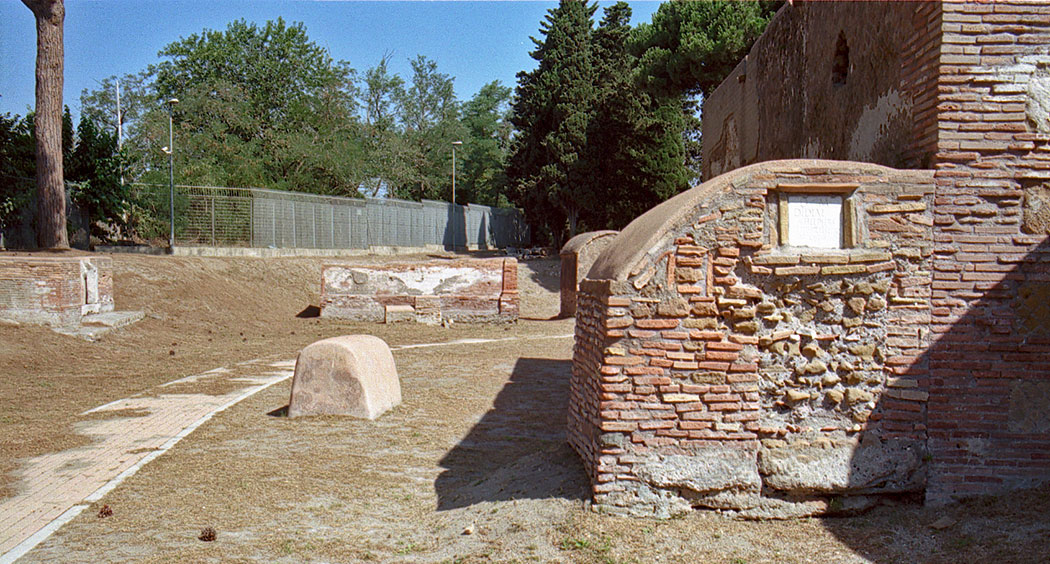
Tomb 67: seen from the south and leaning against tomb 76.
In the background from left to right: tomb 60, 67a, 59, 58 and 57.
 Tomb 67 was originally a very small grave built around 120 AD and used only for urns. It had been built against the back wall of tomb 76 and was oriented to the south.
Tomb 67 was originally a very small grave built around 120 AD and used only for urns. It had been built against the back wall of tomb 76 and was oriented to the south.
Around the middle of the second century AD tomb 67 became part of a bigger tomb.
This new tomb was, according to the inscription on the southern wall, built for Didia Helpis and for her freed slaves, and the heirs:

The entrance, once below the inscription, was later moved to the north side.
In front of the right wall of the burial chamber, a place for inhumation was created. Calza called this tomb interesting because of the two layers of plaster: "The second layer has a crude decoration of geometrical symbols. White and yellow areas on a red background.
A circle in the vault holds a Medusa head." Unfortunately the head is not visible anymore.
The new construction of the tomb dates back to the middle of the second century AD.
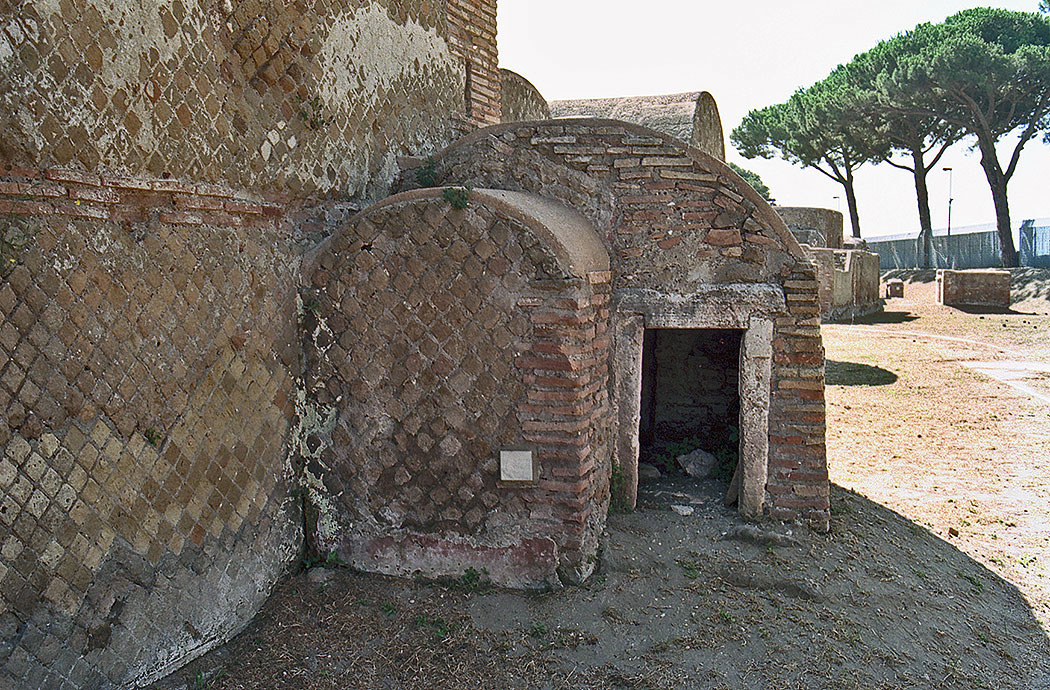
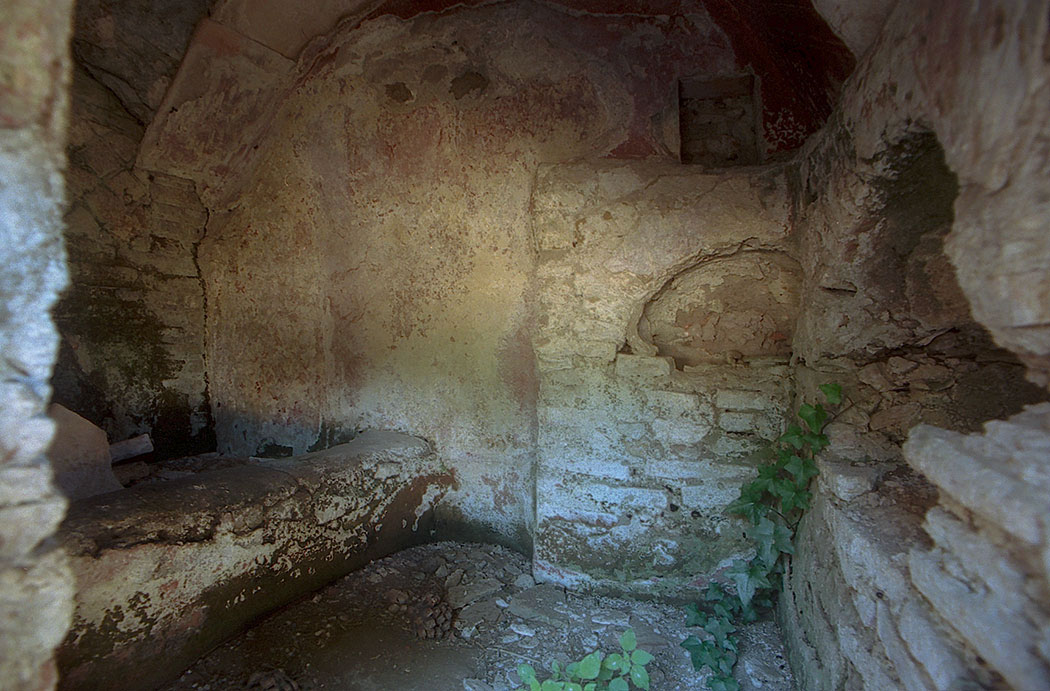
- Sources
- Russel Meigs - Roman Ostia, At the Clarendon Press 1973
- Guido Calza - Necropoli nell'Isola Sacra'(1940)
- Dr. Jan Theo Bakker.
- Hilding Thylander - Inscriptions du port d'Ostie (Lund C W K Gleerup 1952).
- Ida Baldassarre, Irene Bragantini, Chiara Morselli and Franc Taglietti - Necropoli di Porto, Isola Sacra (Roma 1996).
Isola Sacra Index (I)
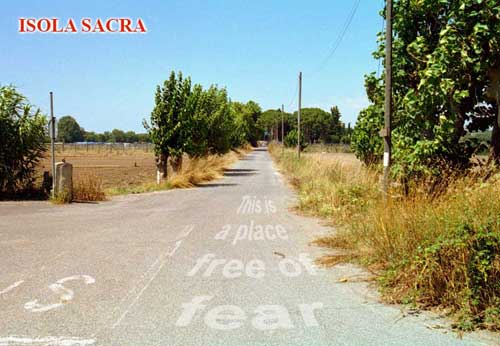
Sezione speciale dedicata al cimitero romano di Portus (in inglese)....
Leggi tutto...Leptiminus (Inglese)
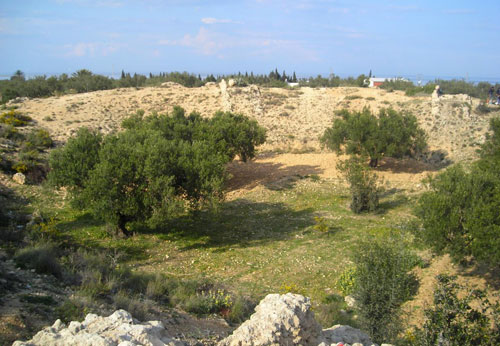
At the site of present-day Lamta on Tunisia's east coast, there was already a port city named Leptis Minor ....
Leggi tutto...Diritto romano del commercio marittimo (inglese)

Roman law is the finest monument that Rome bequeathed to Western Europe....
Leggi tutto...Sullecthum (Salakta) Inglese

In the Sahel, in the Tunisian province of Madhia, we find by the sea the small town of Salakta....
Leggi tutto...Colonia Julia ad Turrem Libisonis (Inglese)

.....probably founded by Julius Ceasar around 46 BC, was located in the north-west of Sardinia.
Leggi tutto...
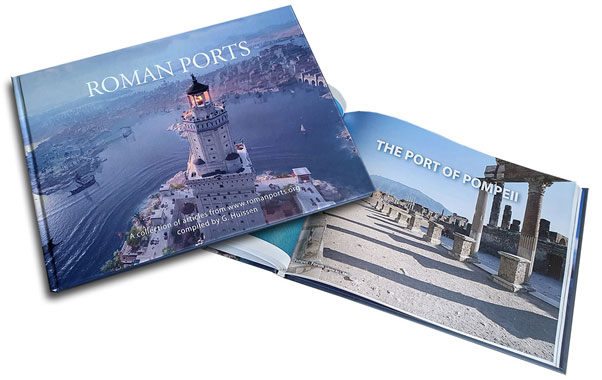
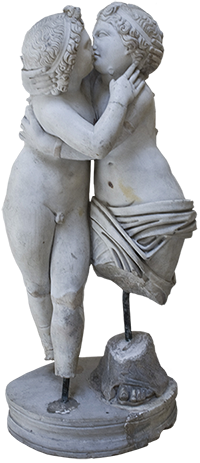 We are committed to providing versions of our articles and interviews in several languages, but our first language is English.
We are committed to providing versions of our articles and interviews in several languages, but our first language is English.